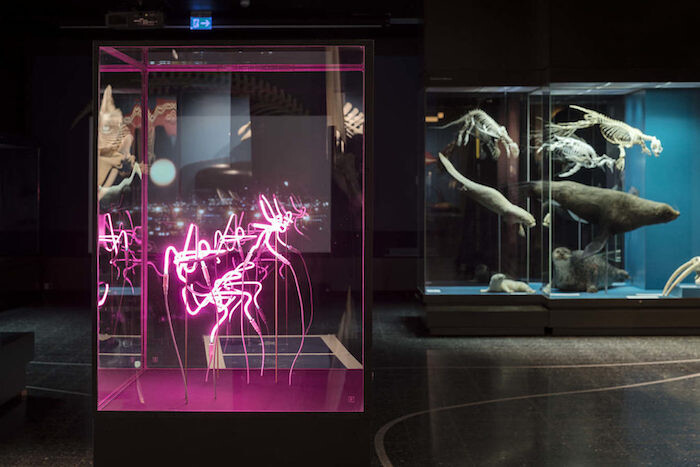Categories
Subjects
Authors
Artists
Venues
Locations
Calendar
Filter
Done
March 27, 2018 – Review
“Disappearing Legacies: The World as Forest”
Stefan Heidenreich

Museums are known today as natural habitats for art. But in Renaissance Europe, before their collections specialized in works of art, museums hosted cabinets of curiosities, with their awkward mixtures of rare and bizarre objects. In the eighteenth century, demand arose across Europe to open museum collections—typically owned by royalty, noblemen, and affluent merchants—to the general public. In most cases, artists created products better suited for exhibition than nature did, and over time art and nature museums parted ways. From here, one could almost write a biogeography of the museum as part of an ecosystem that provides space for exhibitable objects.
The term “biogeography” remains tied to the British naturalist Alfred Russel Wallace, a contemporary of Charles Darwin whose contributions to the theory of evolution, though eclipsed by those of his colleague, were pioneering. Yet their approaches differ on one very interesting point. While Darwin argued that competition is evolution’s main driving force, Wallace focused on the diversity caused by geographical separation. That is perhaps one reason why those who wish to encourage eternal struggle and competitiveness—be they capitalists, militarists, or racists—hold Darwin so dear. Today, Wallace is mainly known for the Wallace Line, which marks the boundaries between Asian fauna …